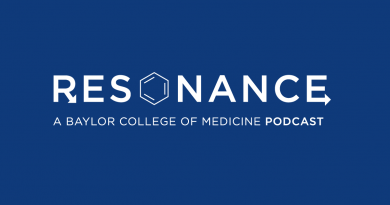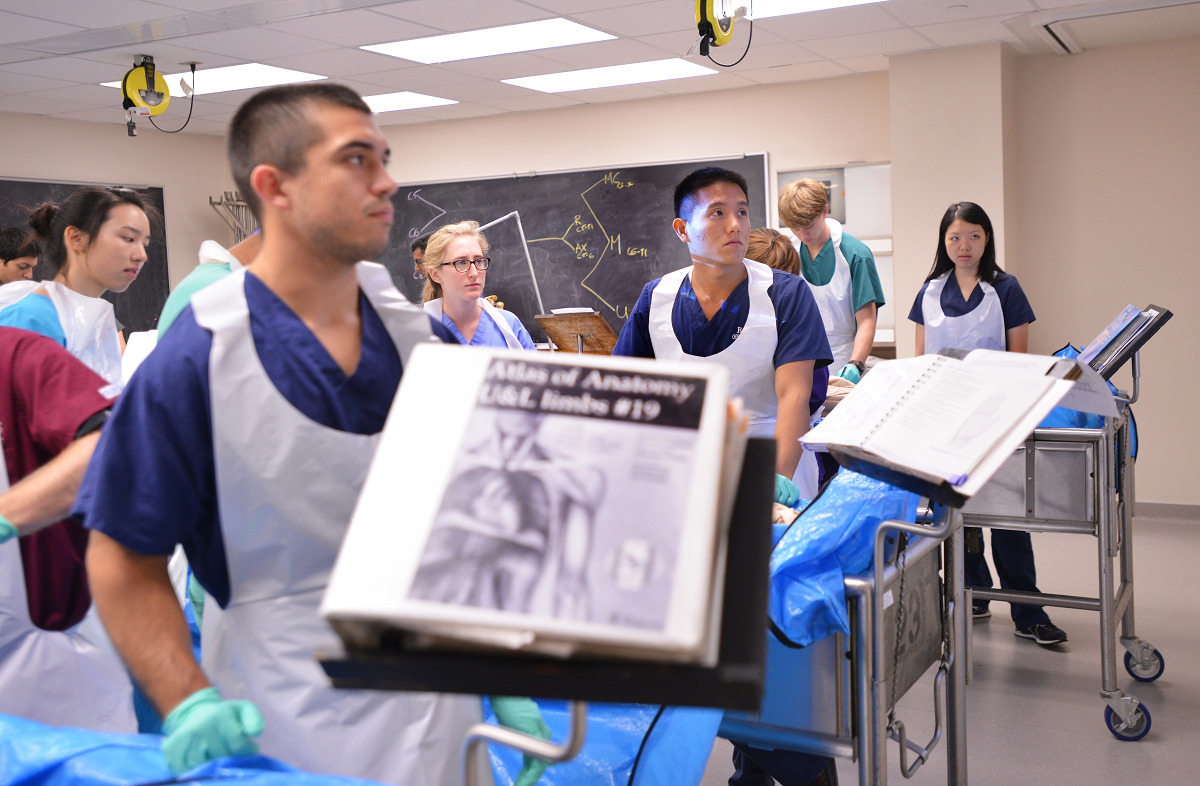Second visits
During my preclinical year-and-a-half, I never understood the appeal of working in an outpatient setting. I like to consider myself a pretty extroverted, socially appropriate person, but I could not bear the awkwardness of going through all of the formalities of the clinic visit.
For one thing, I’m walking into a room where a complete stranger is about to divulge all of his or her personal medical problems, past sexual history and psychological well being to a complete stranger — 10th date material AT LEAST if you ask me. On top of that, both parties in the room have no idea what’s going to happen.
The most frustrating part of being a first- or second-year medical student is not knowing what exactly to do with the information being thrown at you. This is what happens during a clinic visit. You’re flooded with information and you have no idea how to sift through it while your helpless patient sits right in front of you.
So it wasn’t until I entered the outpatient setting on my clinical rotations that I realized the value of seeing patients in clinic. On your rotations (depending on which rotation you are on), you can be at one outpatient site for 2-4 weeks — meaning you might see the same patients more than once. Contrary to what people might think, it’s not the first visit with a patient that makes it special. The first one is actually quite agonizing, and can be both emotionally and intellectually draining at times.
But the SECOND visit. That’s what makes it special. It’s the follow up. It’s when the patient comes back feeling better. It’s when they remember you, remember your name, remember how great you were with their kids the first time around. It’s where you get hugs instead of handshakes, smiles instead of grimaces.
I’m on the tail end of my family medicine rotation right now and I love seeing patients after I’d already seen them once a few weeks ago. They remember me. Not only are they more willing to talk freely this time, but they get my jokes and my dry sense of humor.
I saw a 13-year old girl a couple of weeks ago who had come in with her mom because she was having severe nausea and abdominal pain. Today she looked like a different person. I was able to joke with both mom and daughter and even though I didn’t prescribe the medication, I feel like I took part in the care that made her better.
More importantly though, I feel like these follow up visits are where you really get to foster long term relationships with your patients. You ask them more about their personal life because you know what school they go to, what their favorite subjects are, where they work, how other members of the family are doing and who their favorite sports teams are (recently, my patients and I bonded over a mutual frustration with Matt Schaub of the Texans). This sense of familiarity is where the idea of long term patient care strikes a chord with me.
I don’t dread walking into a patient room anymore (probably because I’m marginally more competent as a clinician than I was two years ago too). But as I watch my attendings and preceptors talk to their patients, I can’t help but to feel a little jealous that I’ll likely never get to talk to these patients again. But one day soon enough I suppose, I’ll have my own cohort of patients with whom I can have my own unique relationship.




